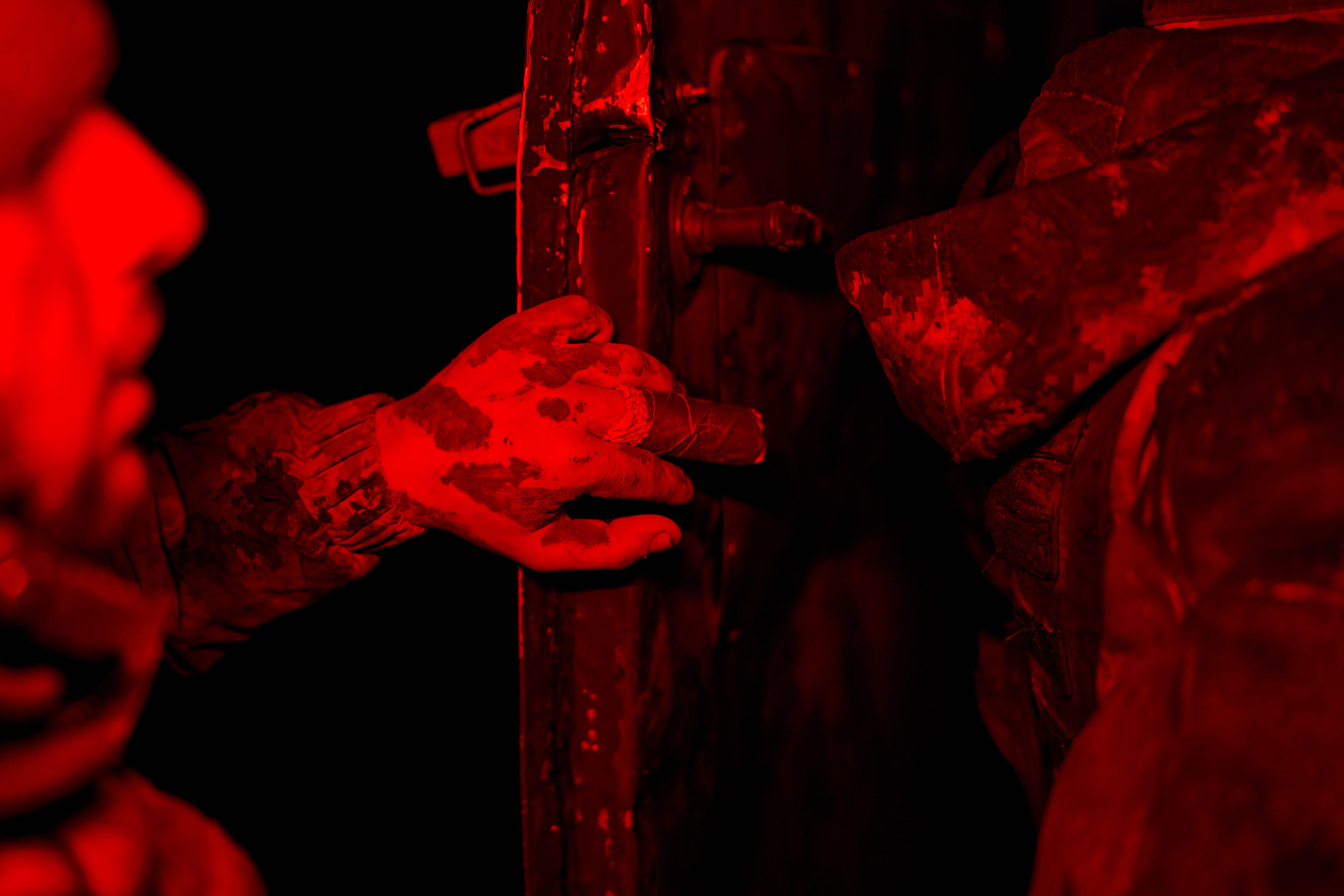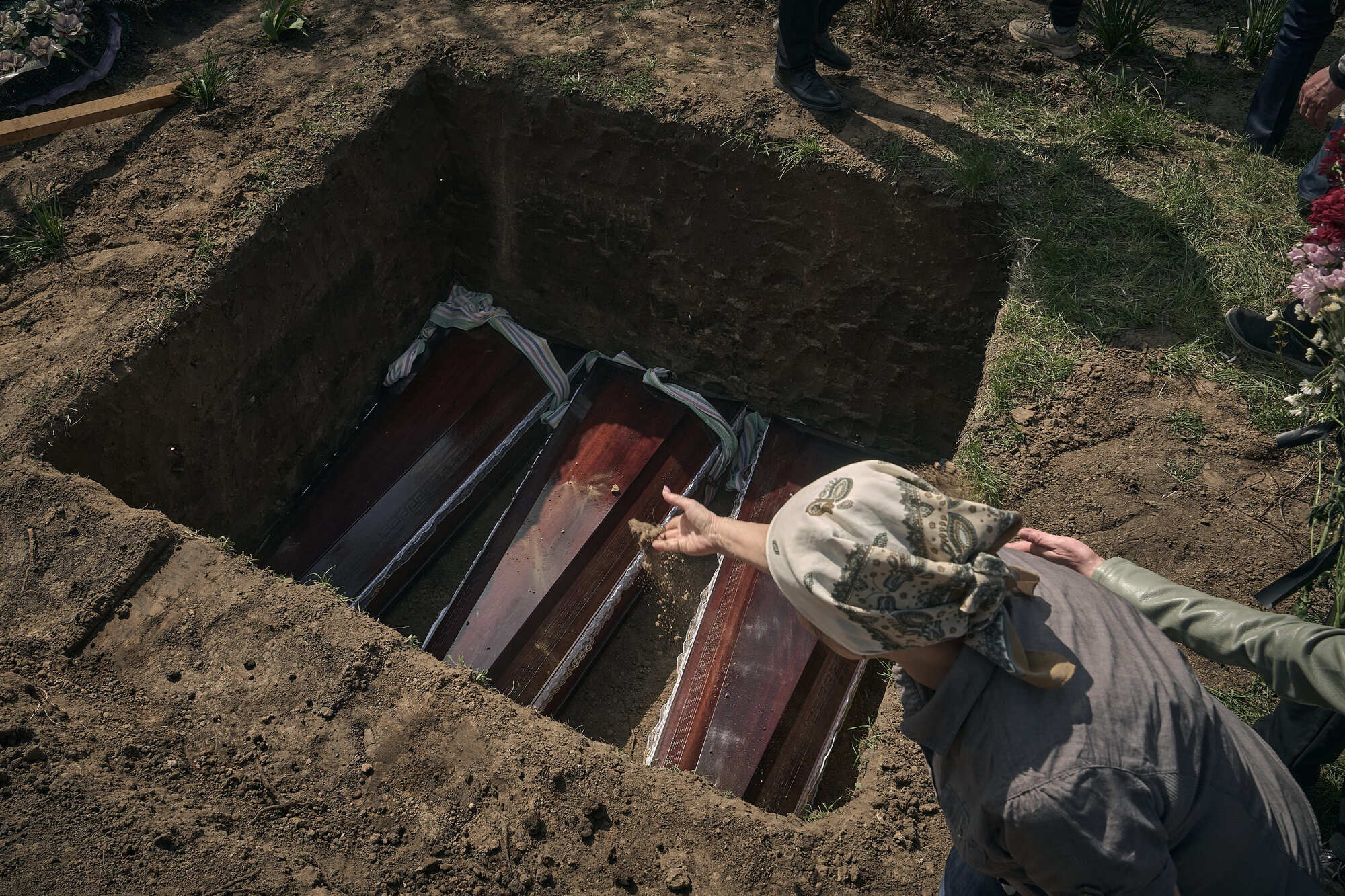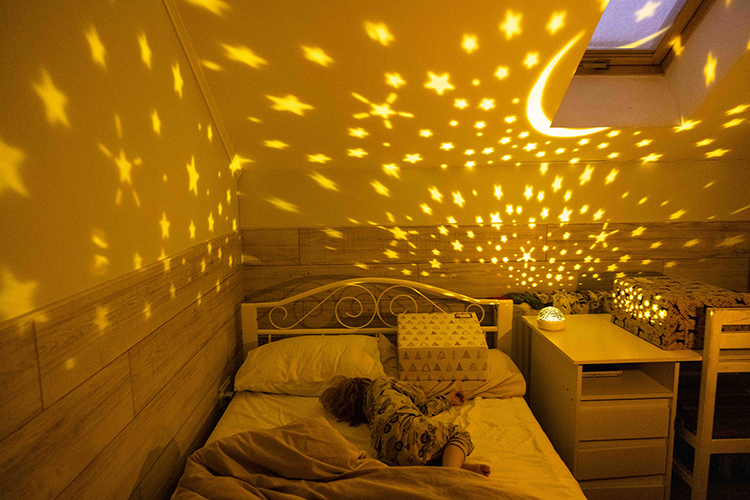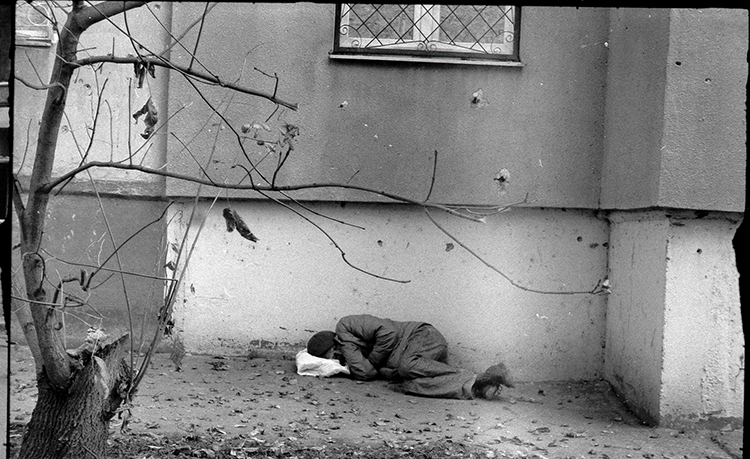“In Sumy, the earth listens to the sky” - this is how Konstantin Liberov says about the border city. Recently, together with his wife Vlada, he documented Sumy region, a region that since the summer of 2024 has become a new hot spot along the front line. The Liberians record war not as a chronicle of explosions, but as a human being on the verge. In a conversation for the UAPF, Konstantin talks about the silence that holds the pain, the shots that cannot be shot, and why the worst is not the front, but the internal border between “here” and “there”.


— How is Sumy different for you from other frontline cities that you have filmed? There is some “own” silence, fear or invulnerability in this region?
— The face of modern warfare is similar everywhere. The authorities and I have seen it more than once: artillery, CABs, civilian casualties, evacuations, destroyed villages. Sumy region is no exception.
Sumy has its own invulnerability, but it is cautious. She lives in silence that listens to the air alarm. Here everyone knows - at any moment a missile or a CAB can fly into the city center. And this is not a hypothesis - on April 13, two “Iskanders” struck the center at lunchtime. Palm Sunday. Three coffins from the same family... it's not a frame — it's something that stays in you.


And yet — with each new front, housing prices are rising. The amount this time was a record.
— Were there times when you wanted to take something off, but you didn't consciously press the button?
— Yes, and more and more often. Because my camera is not just a tool, it's empathy. Sometimes I can't lift it.
I came to the village. People are loading their belongings into a trailer — obviously they are saying goodbye to home. I stopped. I realized that it could be a strong frame. But did not shoot. Their desperation and dignity — it was too alive. I didn't want to interfere.


Another pain is how communication with the military has changed. Once upon a time you could stop on the road, take a portrait, talk, pass a photo — and that was a whole little life. And now you hear: “I don't need a photo on the grave.” It changes everything. This is a sign that they do not feel supported. And it hurts.

— Have you been to many places and seen a lot, is there anything that can still surprise you in documenting the war?
— No. Already - no. Nothing surprises me. I'm just asking the question: why, how, what's behind it? And if I can, I'll tell you.
All stories are about the border. Either the limit of evil, or the limit of humanity. And only the second is still impressive.
When people like Denis Kristov or Chaplain Leonid go to hell to save others, you see that this limit of self-sacrifice has no end. And at the same time, Russia is finding new ways to kill every day. That's the whole balance.


— What was the most difficult thing for you and your wife during this shooting? Both for photographers and for people.
— The hardest thing is that it becomes almost impossible to shoot. Because of drones, because of fear, because of broken logistics. Now the Ukrainian soldier is afraid of the light — a flashlight, a screen, even a hint of lighting. Darkness is a chance to survive. And even if you explain that FPV drones see heat, not light, everyone is still sitting in the dark. And you have to take pictures in this darkness.





Even more difficult is the land itself. On the other side of the border it is different. The authorities accurately said: “On the other side is another land. She's cold. She hates it. And even in August, it permeates you. Our earth is warm. We are fighting for her. For the right to be yourself. On their land.”
That's the hardest thing — physically and morally — to be there, not on your land.



— Is there a border not only geographical, but mental — between the rear and war, life and loss?
— Yes, very much. And it's not on the map at all. He is conscious.
In the border villages, everything is compressed. There is another air, other words, other views. And when you return to the rear, it becomes cramped. Not because people are bad, but because you are no longer in this reality.


This is the sharpest border—when you can't be “there” or “here” until the end. This is an internal rift. And it breaks imperceptibly, but deeply.
— What frame from Sumy or Sumy region was imprinted in your memory? What did he discover for you personally, and not just for reporting?
— “I can't talk much about it and show the footage itself for security reasons. But this is a portrait of a combrig in that direction, taken after our hour-long conversation about the front. Nothing ostentatious, just a look. It had everything: fatigue, determination, and responsibility. This frame is not for reporting. And for memory.
— That you would like the world to know about Sumy region, which until 2024 almost did not appear in the world press.
— Russia does not stop. And the war continues.


We arrived in Washington. The taxi driver asks where we are from. We say — from Ukraine. And he said, “Oh, is the war still going on?” And that's it. I said yes and did not answer anything else. Just shut up.
The world is tired. But the war is not tired. A new front in Sumy region. Destroyed villages, daily burials, black days. And no one is talking about it. And it has.


— What word do you think most accurately describes the city of Sumy now? And what is the border?
— Sumy is an expectation. Expecting anxiety, waiting for the morning, waiting for changes that for some reason do not come.
The border is also an expectation. But compressed. It has less hope, more instinct.




— How do you recover from such trips? Is it possible to “turn off” the war for yourself for a while?
— No. In fact, no way.
We are with the Power between two worlds. Our environment is military, medics, volunteers. People who live in war. And when you find yourself among those who are “off topic”, you become like nothing. There's nothing to talk about and it angers me because I don't want to lose touch with the civilian world. But he is getting further and further away. And I am returning to where I am understood — to the front.




This work requires a complete immersion. Understanding. Feelings. Otherwise it does not work. Therefore, it is not possible to “turn off the war”. She just lives with you. And in you.
Kostyantin and Vlada Liberov are a married couple of photographers from Odessa. They began their career focusing on creative and emotional love stories. Within a few years, they became one of the most recognizable photographers in the field and moved on to active teaching, with thousands of grateful students around the world.
At the beginning of the war in Ukraine, they changed the focus of their work, concentrating on artistic documentary photography: their photos from hot spots in Ukraine have gone viral on social media, gaining hundreds of thousands of reposts, and have been published by influential media outlets such as the BBC, Welt, Vogue, and Forbes, as well as being shared on social media by the President of Ukraine and other high-ranking officials.
Two solo exhibitions of the Liberovs' work have already taken place in Europe. In addition, their photographs have been included in many thematic exhibitions. Konstantin and Vlada's goal is to ensure that as many people as possible learn the truth about the war in Ukraine. For them, photography is the meaning of life and an opportunity to spread harmony in the world.
The photographers' social media account.
Contributors:
Researcher, author: Vira Labych
Image editor: Olga Kovalova
Literary editor: Yulia Futey
Website manager: Vladislav Kukhar




%20(750%20x%20360%20%D0%BF%D1%96%D0%BA%D1%81.)%20(3).png)

















